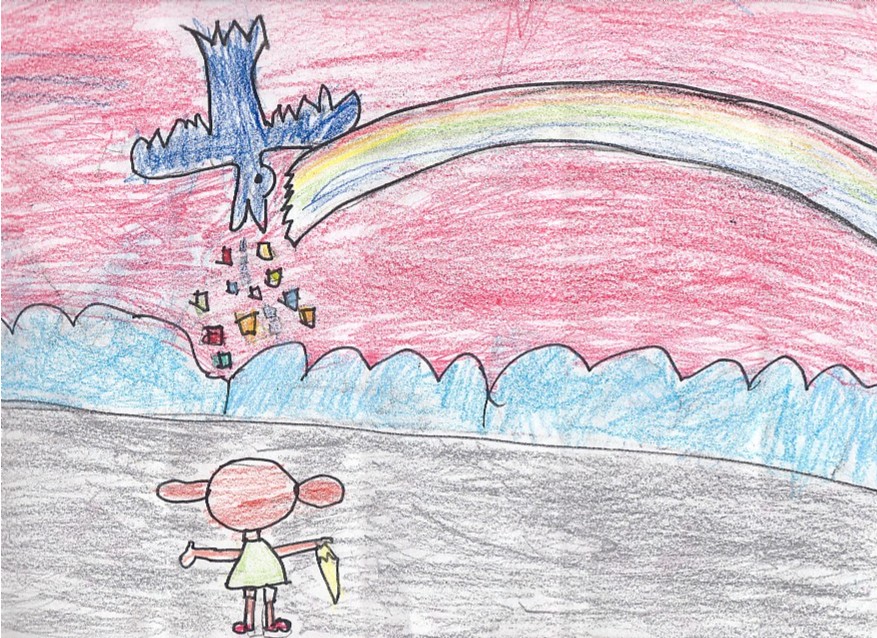 |
|
by Jan Hunt, M.Sc. Children are naturally curious and have a built-in desire to learn first-hand about the world around them.
John Holt, in his book How Children Learn, describes the natural learning style of young children:
"The child is curious. He wants to make sense out of things, find out how things work, gain competence and control over himself and his environment, and do what he can see other people doing. He is open, perceptive, and experimental. He does not merely observe the world around him, He does not shut himself off from the strange, complicated world around him, but tastes it, touches it, hefts it, bends it, breaks it. To find out how reality works, he works on it. He is bold. He is not afraid of making mistakes. And he is patient. He can tolerate an extraordinary amount of uncertainty, confusion, ignorance, and suspense...
|
 |
|
|  |
 |  |  |
 |
|
Children know best how to go about learning something.
If left alone, they will know instinctively what method is best for them. Caring and observant parents soon learn that it is safe and appropriate to trust this knowledge. Such parents say to their baby, "Oh, thats interesting! Youre learning how to crawl downstairs by facing backwards!" They do not say, "Thats the wrong way." Perceptive parents are aware that there are many different ways to learn something, and they trust their children to know which ways are best for them.

Children need plentiful amounts of quiet time to think.
Research shows that children who are good at fantasizing are better learners and cope better with disappointment than those who have lost this ability. But fantasy requires time, and time is the most endangered commodity in our lives. Fully-scheduled school hours and extracurricular activities leave little time for children to dream, to think, to invent solutions to problems, to cope with stressful experiences, and simply to fulfill the universal need for solitude and privacy.
|
|  |
 |  |  |
 |
|
|